Description
Introduction of Bhella
Bhella is a small rural village located in the Thathri Tehsil of Doda district, Jammu and Kashmir. Surrounded by hills and natural greenery, the village reflects the traditional lifestyle of the Chenab Valley region. It has a population of about 1,288 people living in 241 households (Census 2011). Agriculture is the main occupation, with most families depending on farming and livestock for their livelihood. The literacy rate is 52.29%, showing a gap between male literacy (72.30%) and female literacy (31.64%). The village has a youthful population, with children under six forming nearly one-fifth of the residents. Bhella is culturally diverse, with people following local customs, traditions, and festivals that are deeply rooted in the region’s heritage.
𝗣𝗼𝗽𝘂𝗹𝘁𝗶𝗼𝗻 𝗮𝗻𝗱 𝗗𝗲𝗺𝗼𝗴𝗿𝗽𝗵𝗰𝘀
Bhella village, located in the Doda district of Jammu and Kashmir, has a population of 1,288 people according to the 2011 Census of India. The village consists of around 241 households, with a nearly balanced gender ratio of 650 males and 638 females. Children below 6 years make up about 17.7% of the population, reflecting a young demographic. The literacy rate in Bhella is 52.29%, which is lower than the state average of 67.16%; male literacy stands at 72.30%, while female literacy is significantly lower at 31.64%. The community is largely rural, with most people engaged in agriculture and related activities for their livelihood.
𝗕𝗵𝗲𝗹𝗹𝗮 𝗩𝗶𝗹𝗹𝗮𝗴𝗲 𝗛𝗶𝘀𝘁𝗼𝗿𝘆
The history of Bhella village cannot be separated from the wider history of Doda district and the Chenab Valley, which has witnessed cultural exchanges, political changes, and social transformations over centuries. In ancient times, the Chenab Valley was influenced by early Hindu kingdoms and later by Buddhism, traces of which can still be found in the region’s folklore and cultural practices. With the spread of Islam in the medieval period, the valley became home to a unique blend of Hindu and Muslim traditions, giving rise to a composite cultural identity that villages like Bhella still reflect today. During the 19th century, the area came under the rule of the Dogra dynasty, when Maharaja Gulab Singh established the princely state of Jammu and Kashmir in 1846 under the Treaty of Amritsar. Under Dogra rule, the agrarian economy of villages such as Bhella was formally organized, with taxation and landownership systems shaping rural life.
The 20th century brought new changes, especially after India’s independence and the partition of 1947, when the region saw both political unrest and demographic shifts. Doda district, including Bhella, remained relatively isolated due to difficult terrain and lack of infrastructure, but gradually roads, schools, and health centers started reaching the area. In the 1990s, however, the district was heavily affected by militancy and insurgency, which brought hardship and insecurity to many villages, including Bhella. This period led to migration of several families to safer areas and slowed down development. Despite these challenges, the resilience of the local people kept cultural traditions alive, with agriculture, pastoralism, and strong community ties forming the backbone of village life.
In recent decades, Bhella has been part of the slow but steady modernization of Doda district. Efforts in improving education, road connectivity, and health facilities have started to change the socio-economic profile of the village. Many young people have also migrated to towns and cities in search of education and employment, while sending back remittances that support their families. At the same time, Bhella continues to preserve its traditional heritage through local festivals, oral histories, and cultural practices that connect the present generation with the long and complex history of the Chenab Valley.
Culture of Bhella
(The culture of Bhella village is deeply rooted in the traditions of the Chenab Valley, where centuries of interaction between diverse communities have created a rich and harmonious way of life. The village reflects a blend of Pahari and Kashmiri influences, with people speaking local dialects alongside Kashmiri and Urdu, while Hindi is also used in education and official work. Agriculture forms not just the economic base but also the cultural rhythm of life, with festivals, marriages, and social gatherings often tied to seasonal cycles of sowing and harvest. The residents of Bhella observe both Hindu and Muslim festivals, which are celebrated with equal respect and participation, embodying the valley’s long tradition of coexistence. Weddings and community events are marked by folk songs, drumming, and traditional dances such as Kud, performed during festivals or important social occasions, where men and women gather in circles to celebrate. The cuisine of the village is simple yet reflective of the region, consisting mainly of rice, maize, pulses, dairy, and locally grown vegetables, with dishes prepared in traditional styles that have been passed down through generations. Handicrafts and wool-based work, though on a small scale, also form part of cultural life, especially during the long winters. Oral traditions, storytelling, and folk tales are still valued among elders, serving as a way of passing on history and wisdom to younger generations. Community bonds are strong, with collective work, mutual aid, and respect for elders playing a central role in daily life. Despite increasing exposure to modern influences through education, migration, and technology, Bhella has managed to preserve much of its cultural identity, where hospitality, simplicity, and a deep connection to the land remain at the heart of village society.
Cuisine Of Bhella
The cuisine of Bhella village is simple, traditional, and closely tied to the agrarian lifestyle of the Chenab Valley. The staple food is rice and maize, which are grown locally and form the base of most meals. Maize is often ground into flour and used to make makki ki roti (maize flatbread), usually eaten with fresh butter, curd, or simple vegetable dishes. Rice is served with lentils, pulses, or seasonal vegetables, many of which are grown in kitchen gardens. Rajma (kidney beans), a specialty of the Chenab and Bhaderwah region, is a popular dish often cooked with rice, giving rise to the much-loved Rajma-Chawal combination. Dairy products like milk, ghee, curd, and buttermilk are an important part of the daily diet, as many households rear cattle. During winters, when fresh vegetables are scarce, people rely on sun-dried vegetables (hogaad or hokh syun) and preserved pulses, which are cooked with spices to provide warmth and energy. Non-vegetarian dishes, especially mutton and chicken curries, are also enjoyed, often prepared with local spices in a homely style rather than rich restaurant gravies. Tea is a daily necessity, with both namkeen chai (salted tea) and regular sweet tea being common, often paired with maize bread or simple snacks. Food in Bhella is cooked traditionally in clay or metal vessels over wood-fired chulhas, giving it a distinct smoky flavor. During festivals, weddings, and special occasions, villagers prepare richer dishes, with influences from Kashmiri wazwan and local Dogra cuisine, but daily meals remain wholesome, rustic, and rooted in local produce.
Photos
Location Map
Additional Features
| Write a review | <h2>Write a Review</h2> Your Rating Select Star Rating 5 Stars ⭐⭐⭐⭐⭐ 4 Stars ⭐⭐⭐⭐ 3 Stars ⭐⭐⭐ 2 Stars ⭐⭐ 1 Star ⭐ Your Review Submit |
| Write a review | <a href="https://community.mietjmu.in/submit-review" target="_blank" style="display: block; padding: 10px; background-color: #e91e63; color: white; text-align: center; text-decoration: none; font-weight: bold; border-radius: 4px;"> ✍️ Write or View Reviews </a> |
Contact Information
| Address |
Bhella Village, |
| Phone Number |
7780909962 |
Reviews (1)


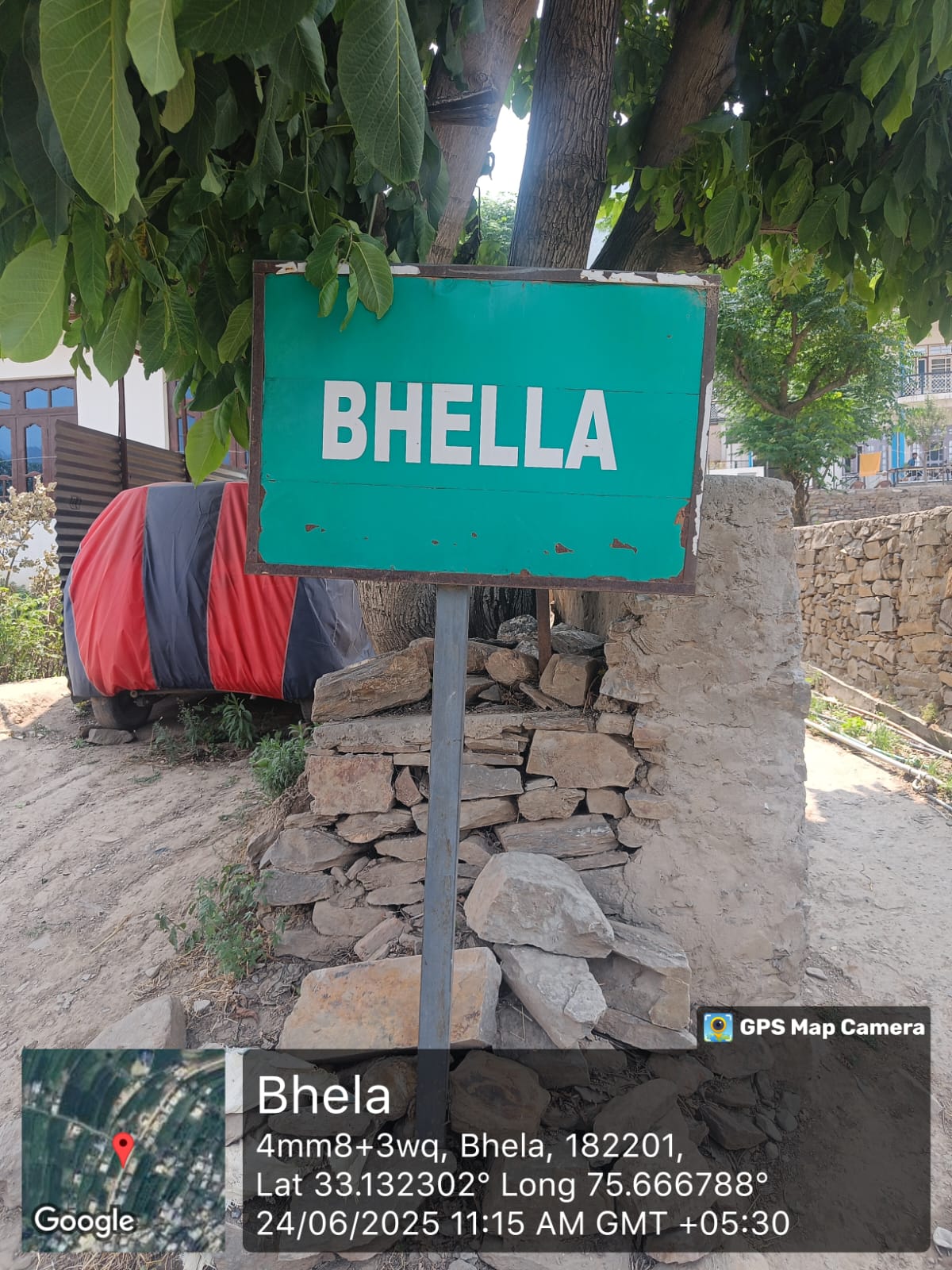
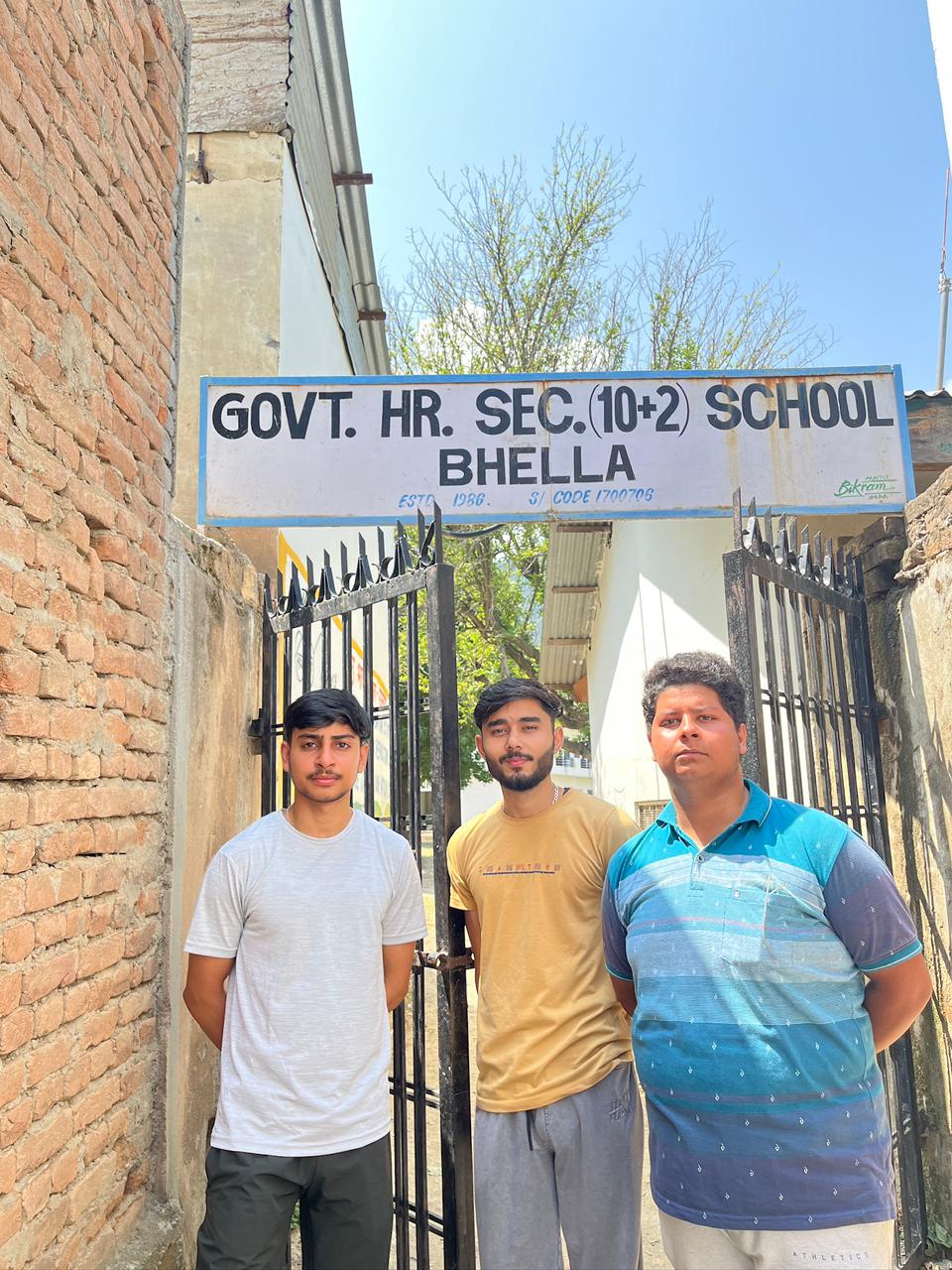
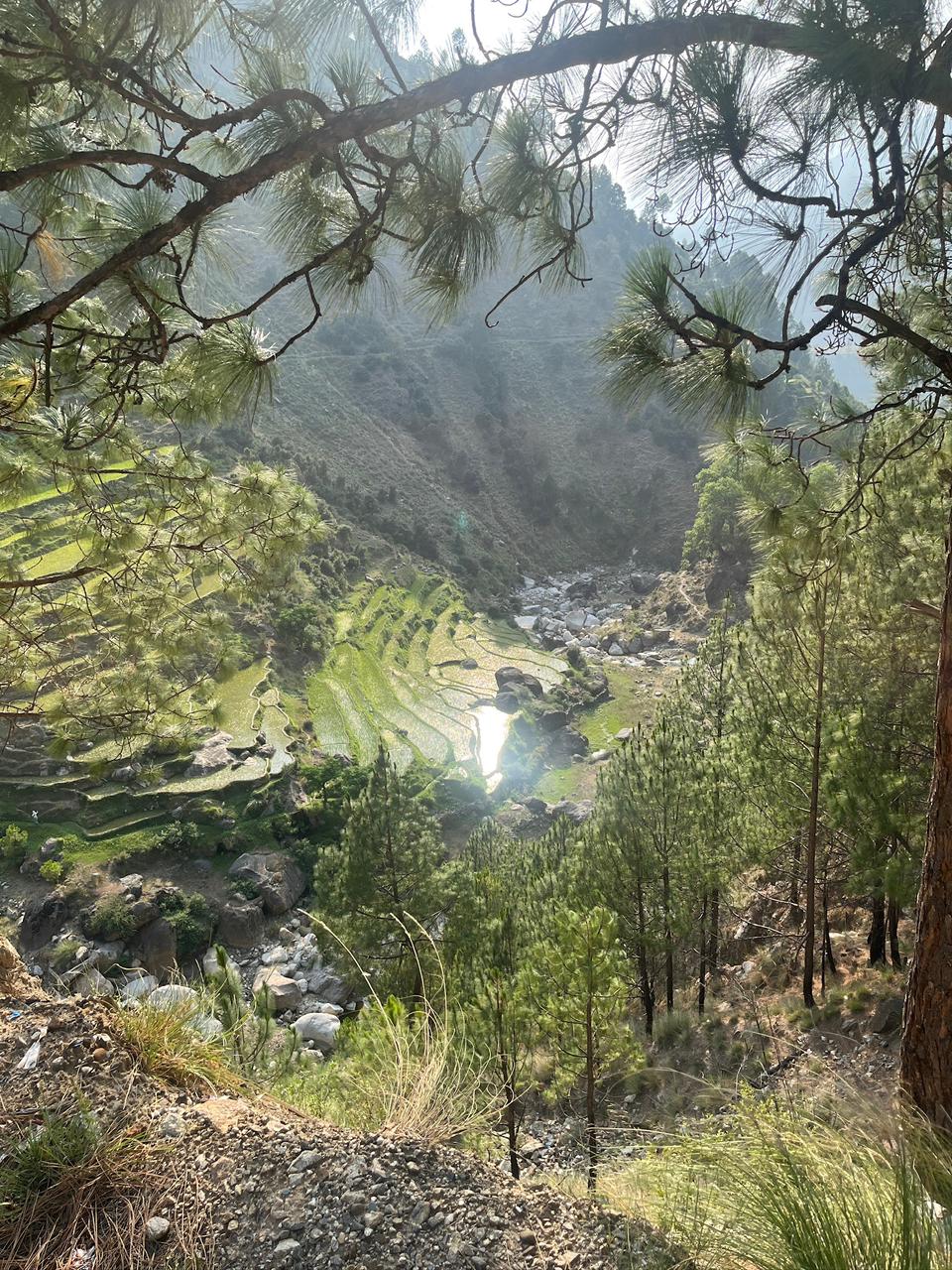
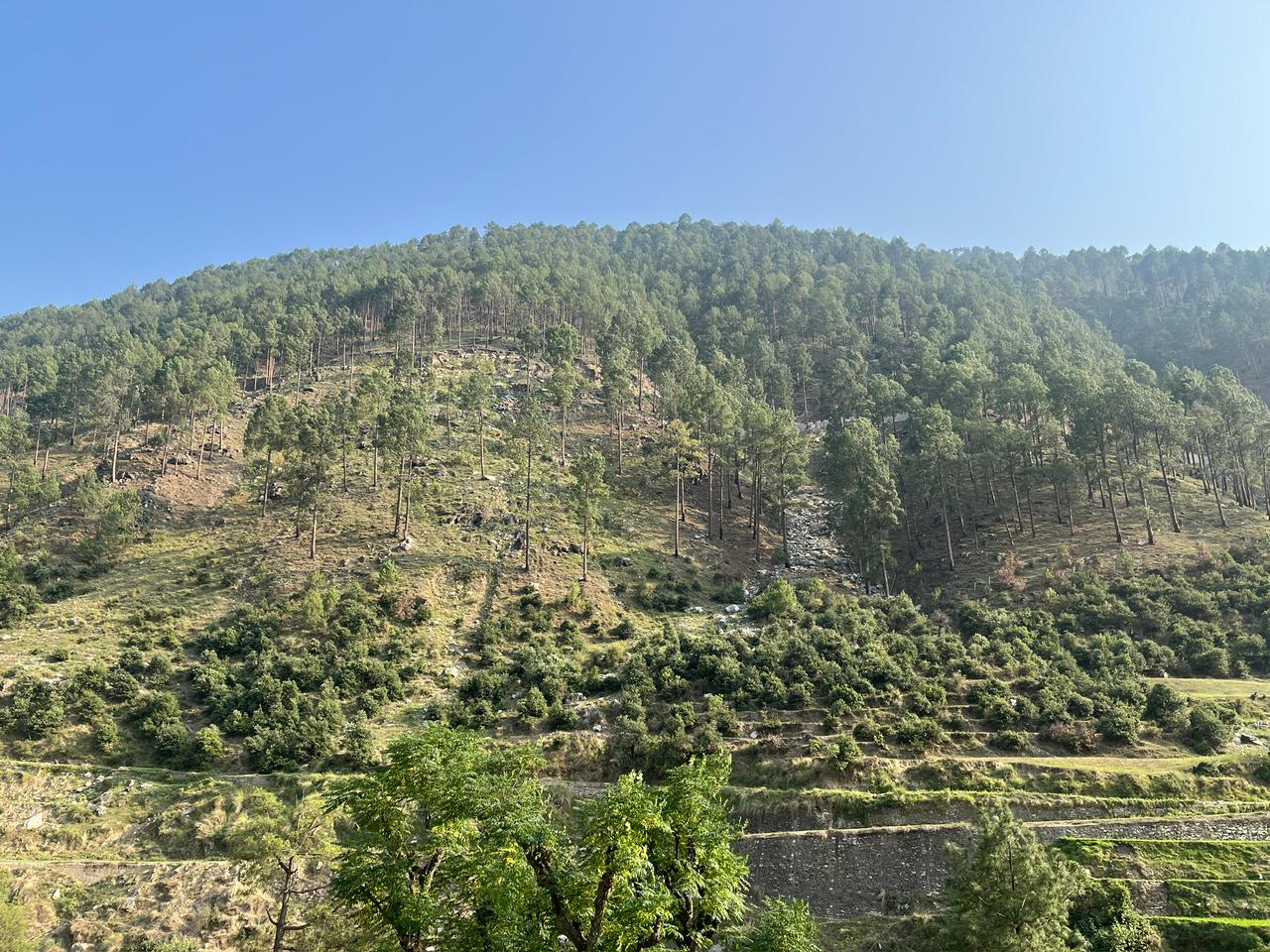
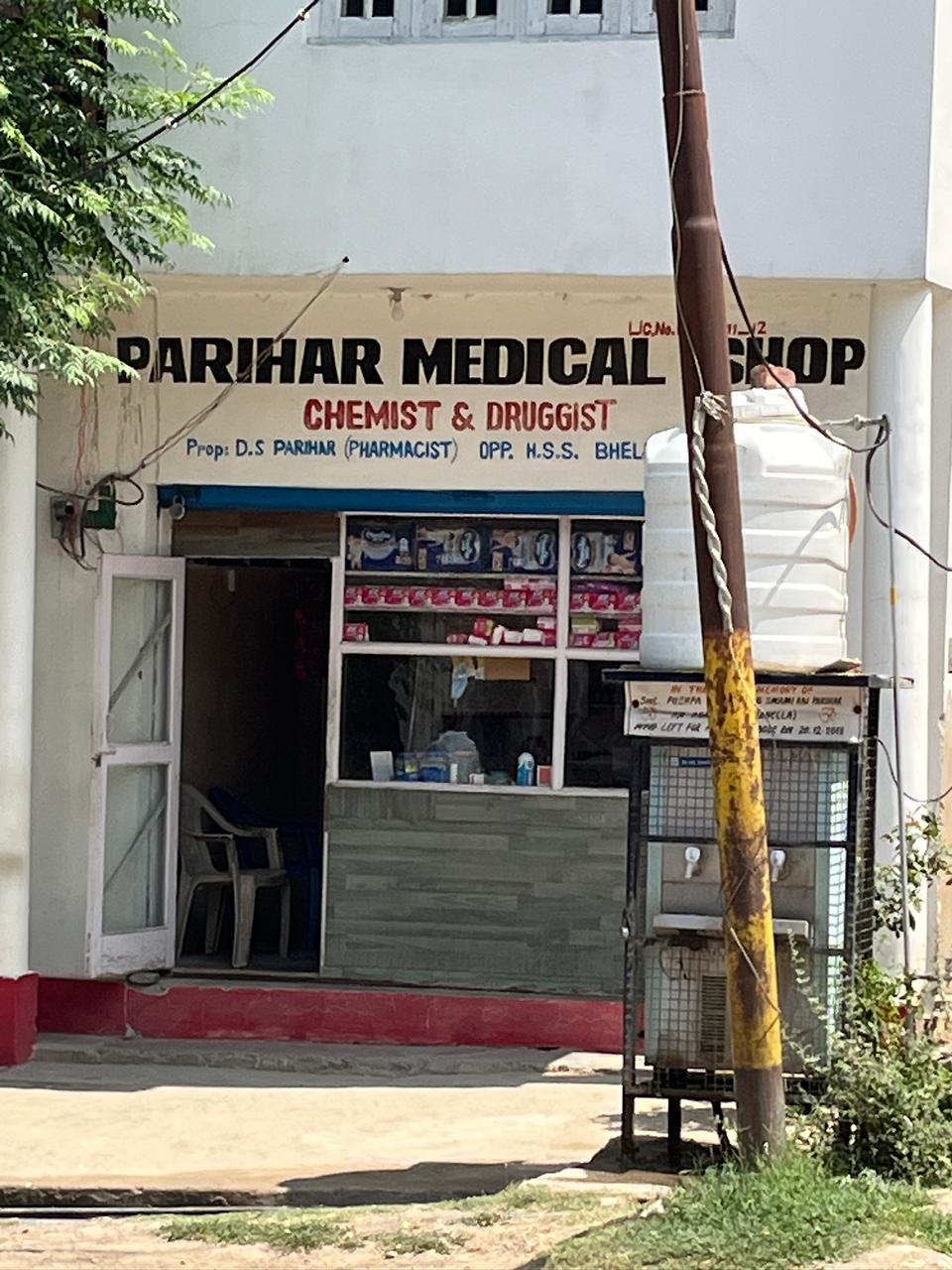
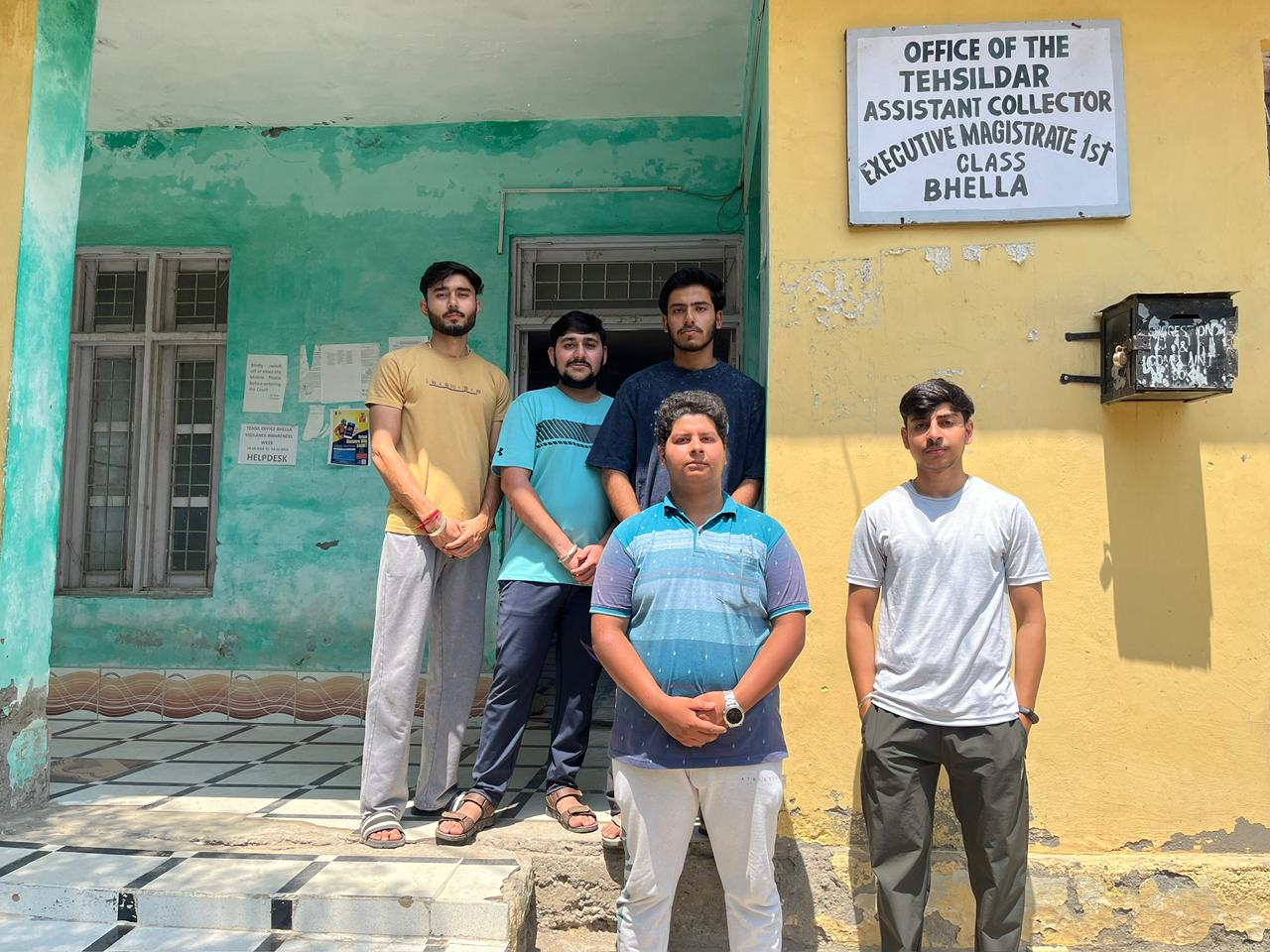
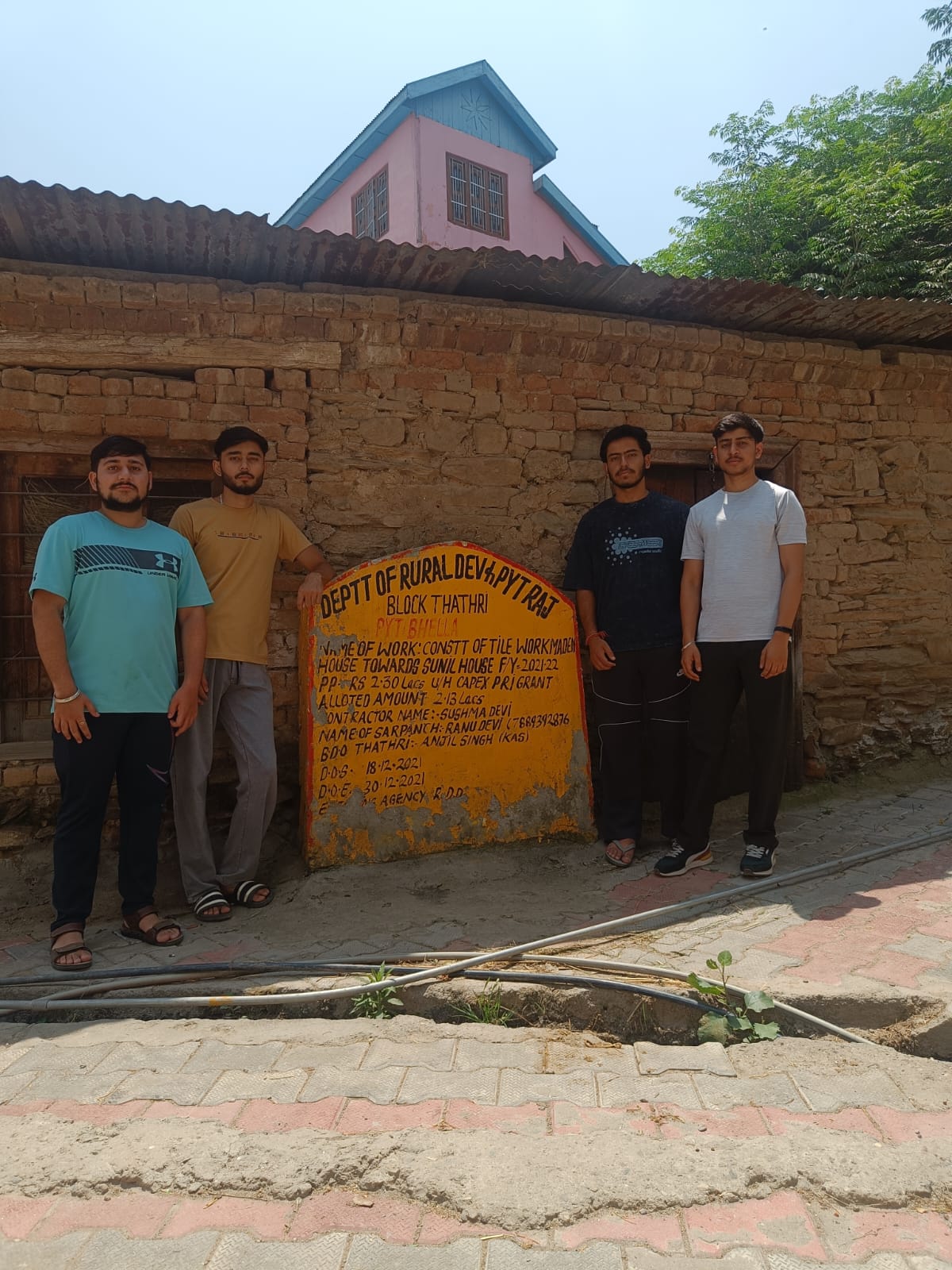
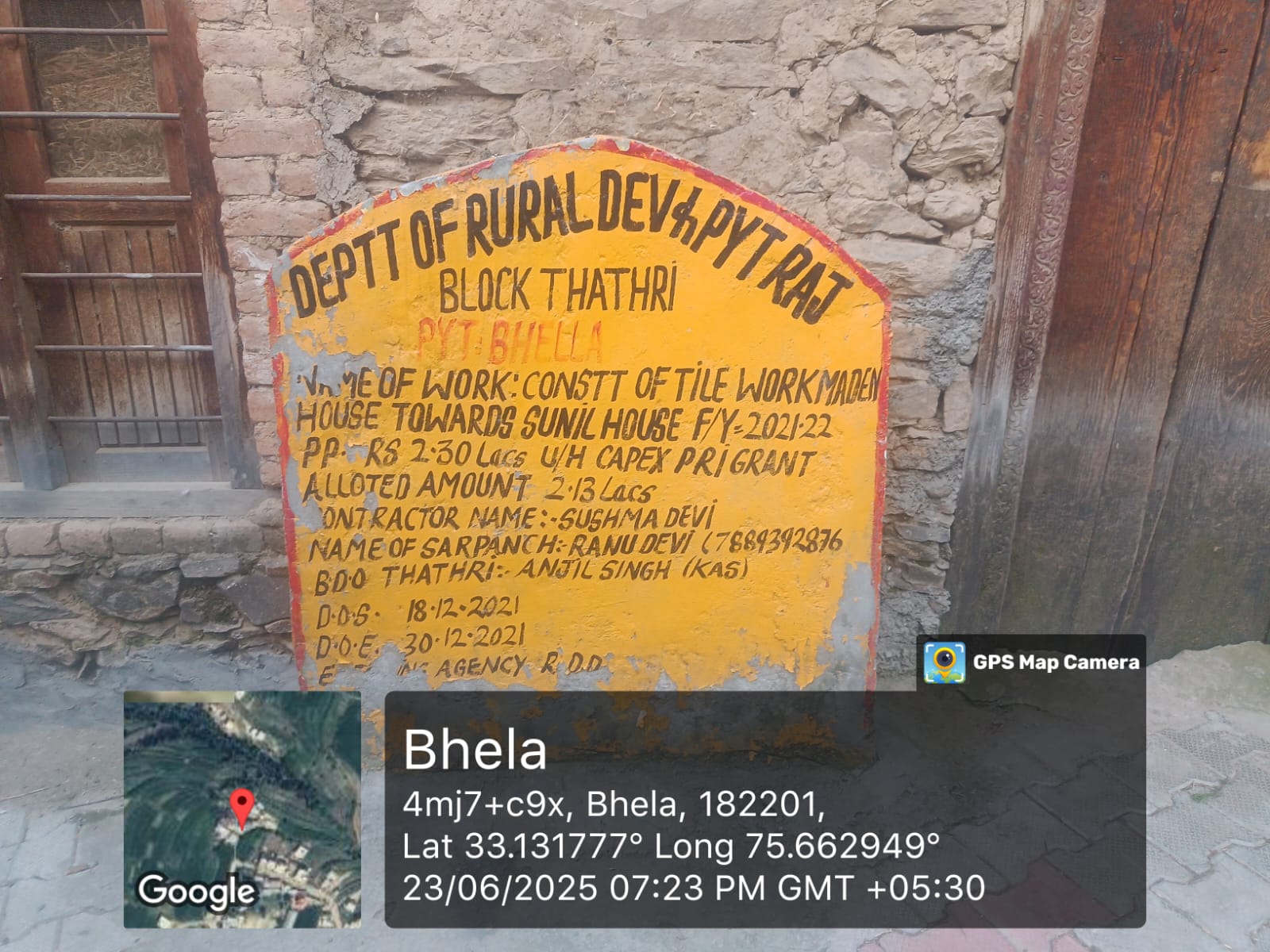
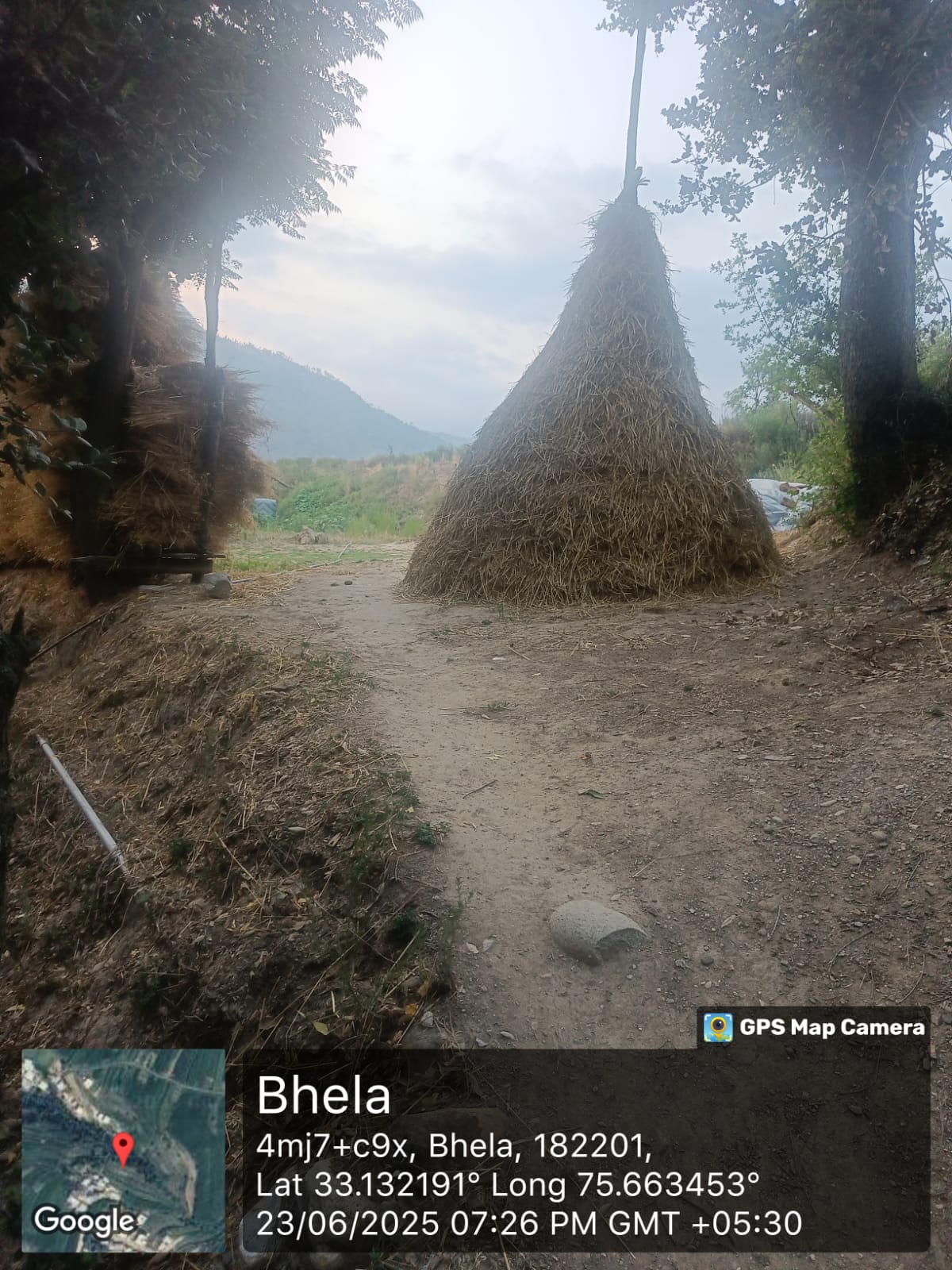
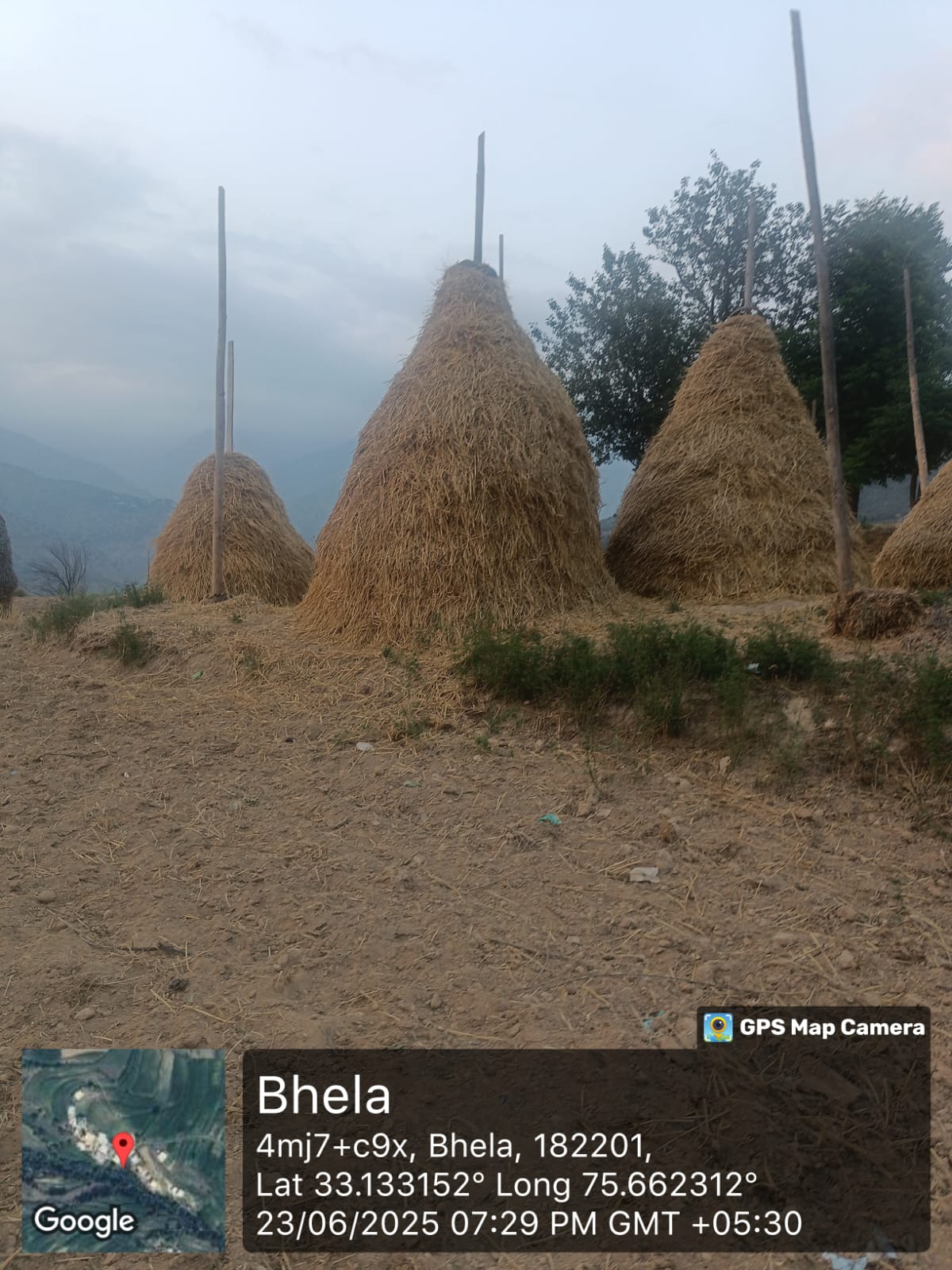
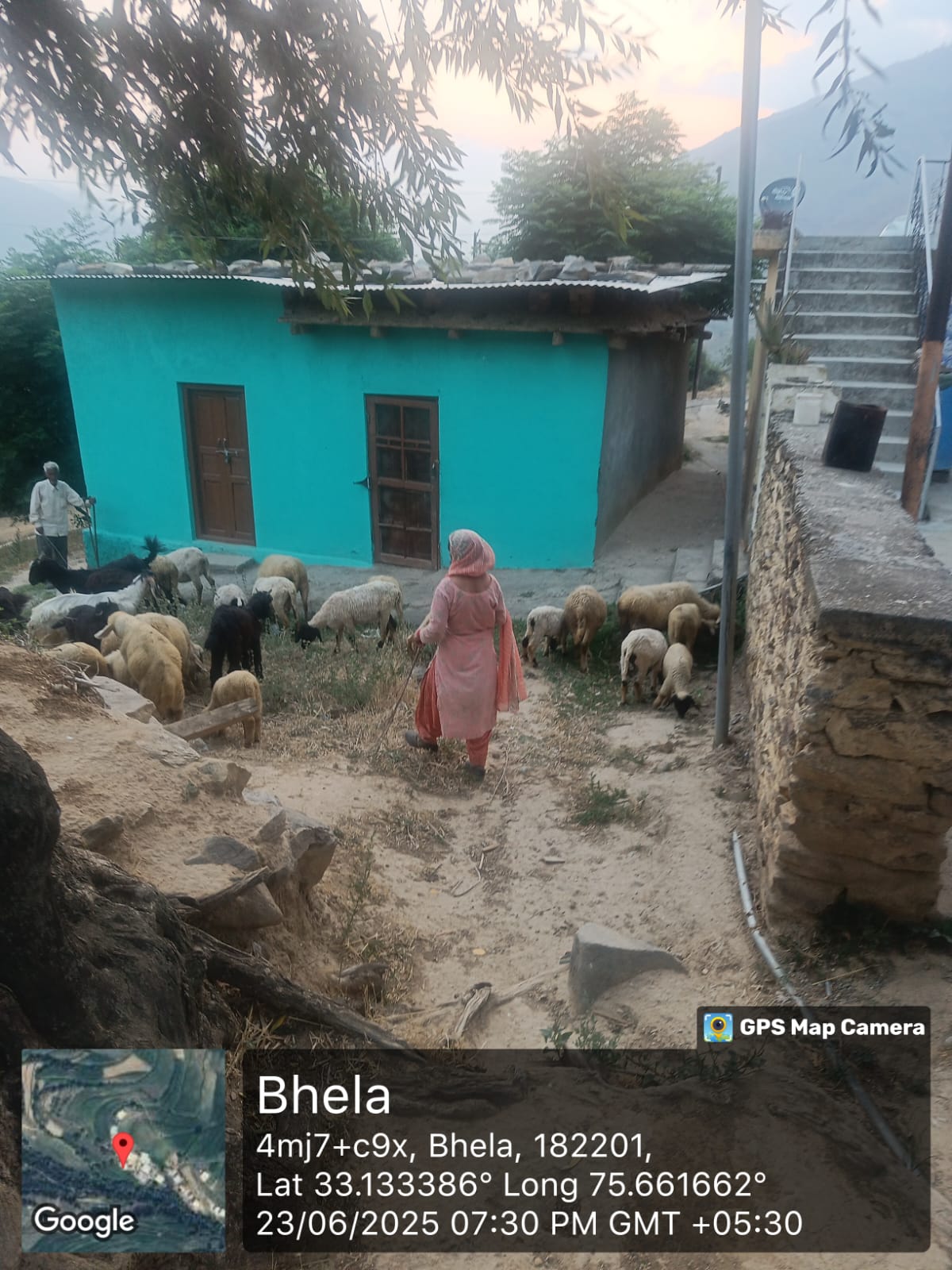
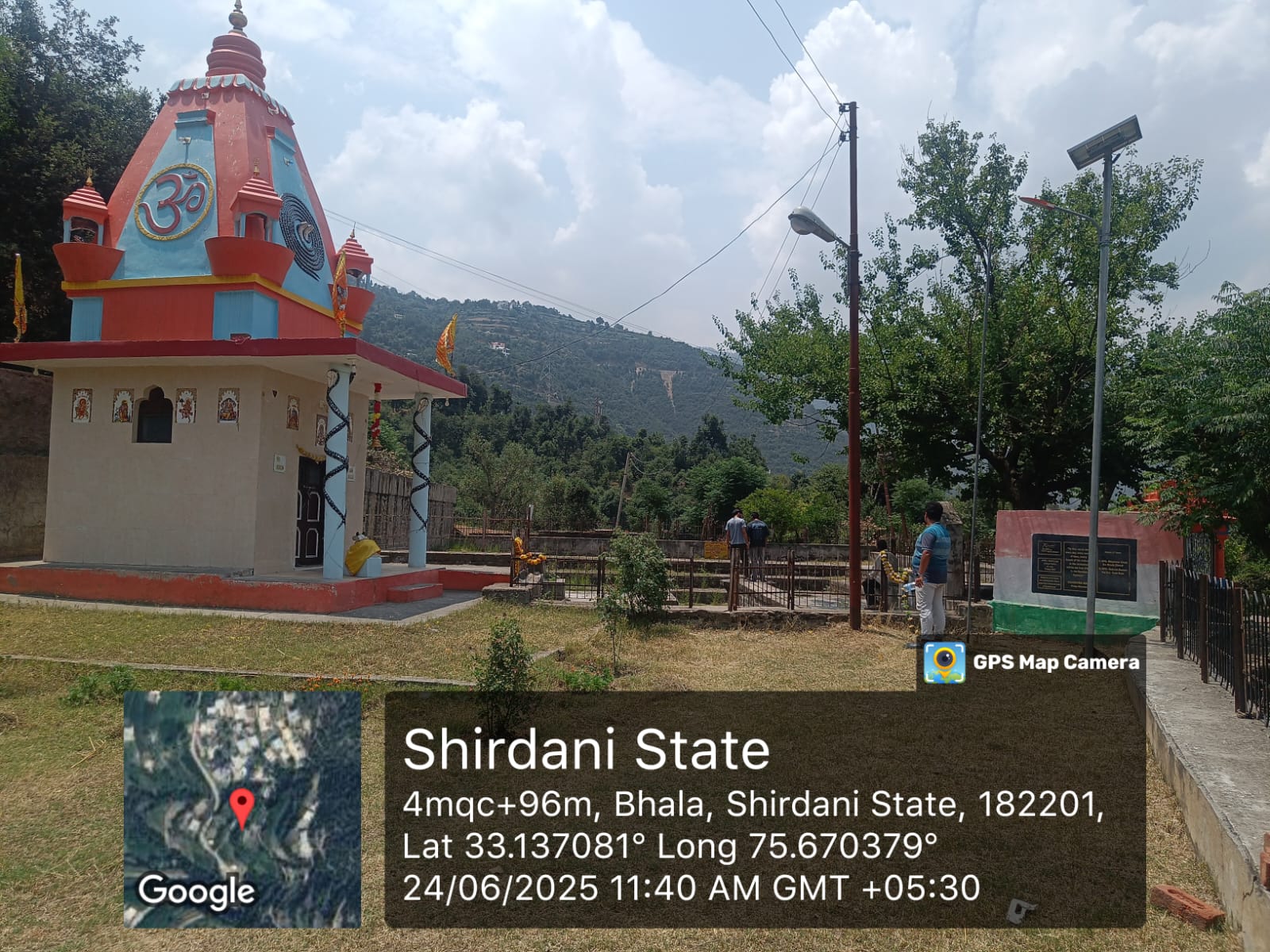
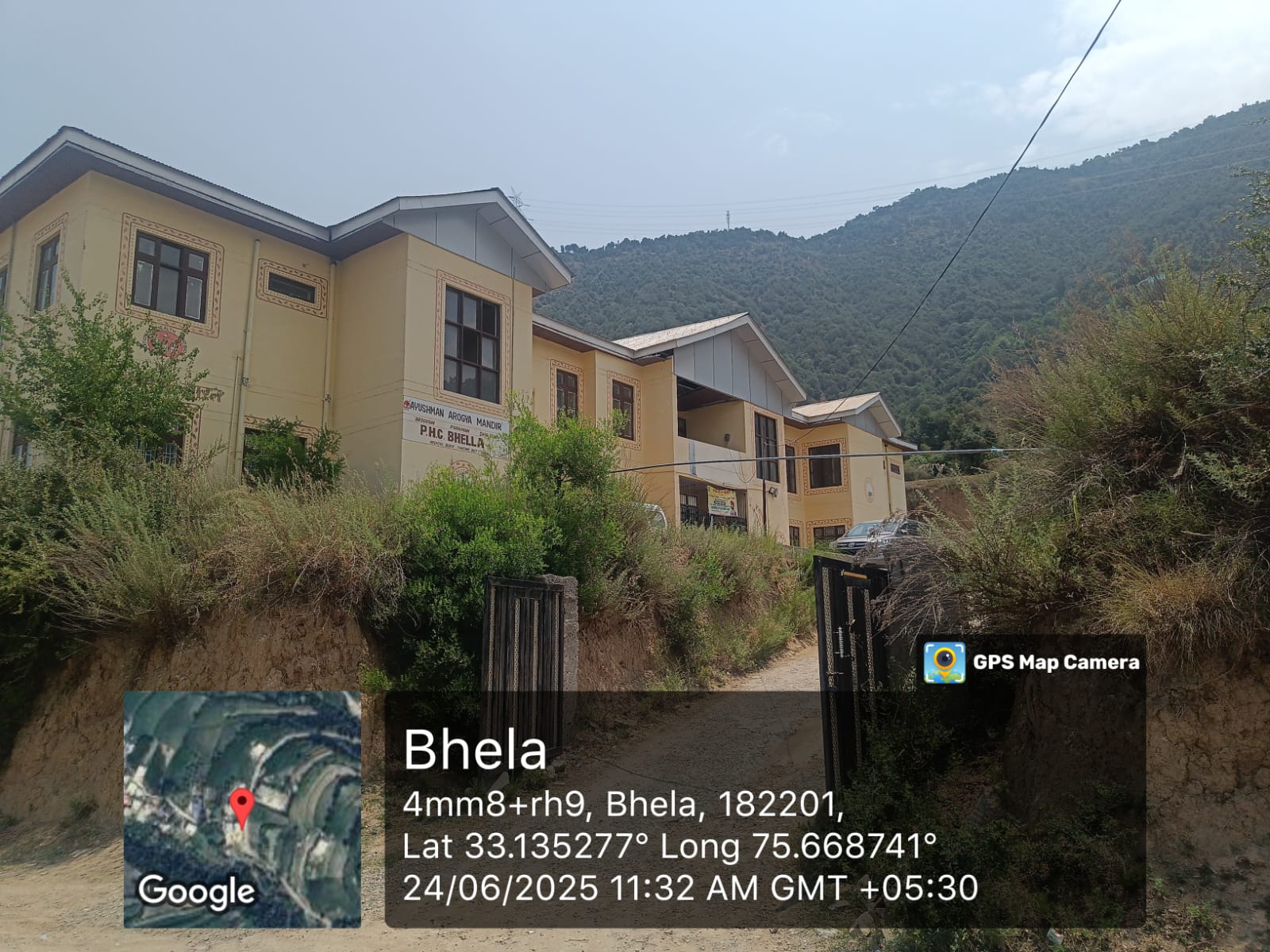
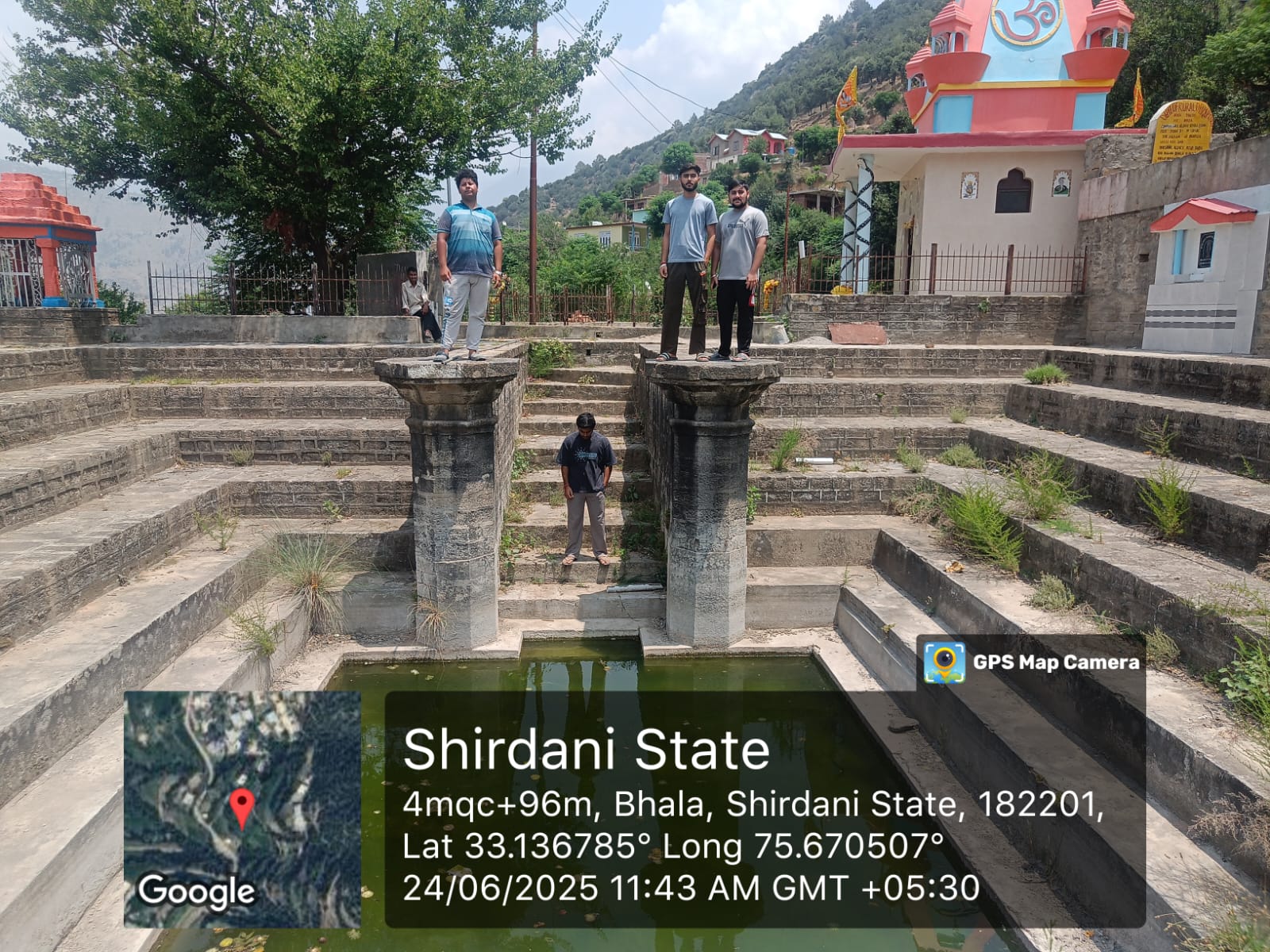
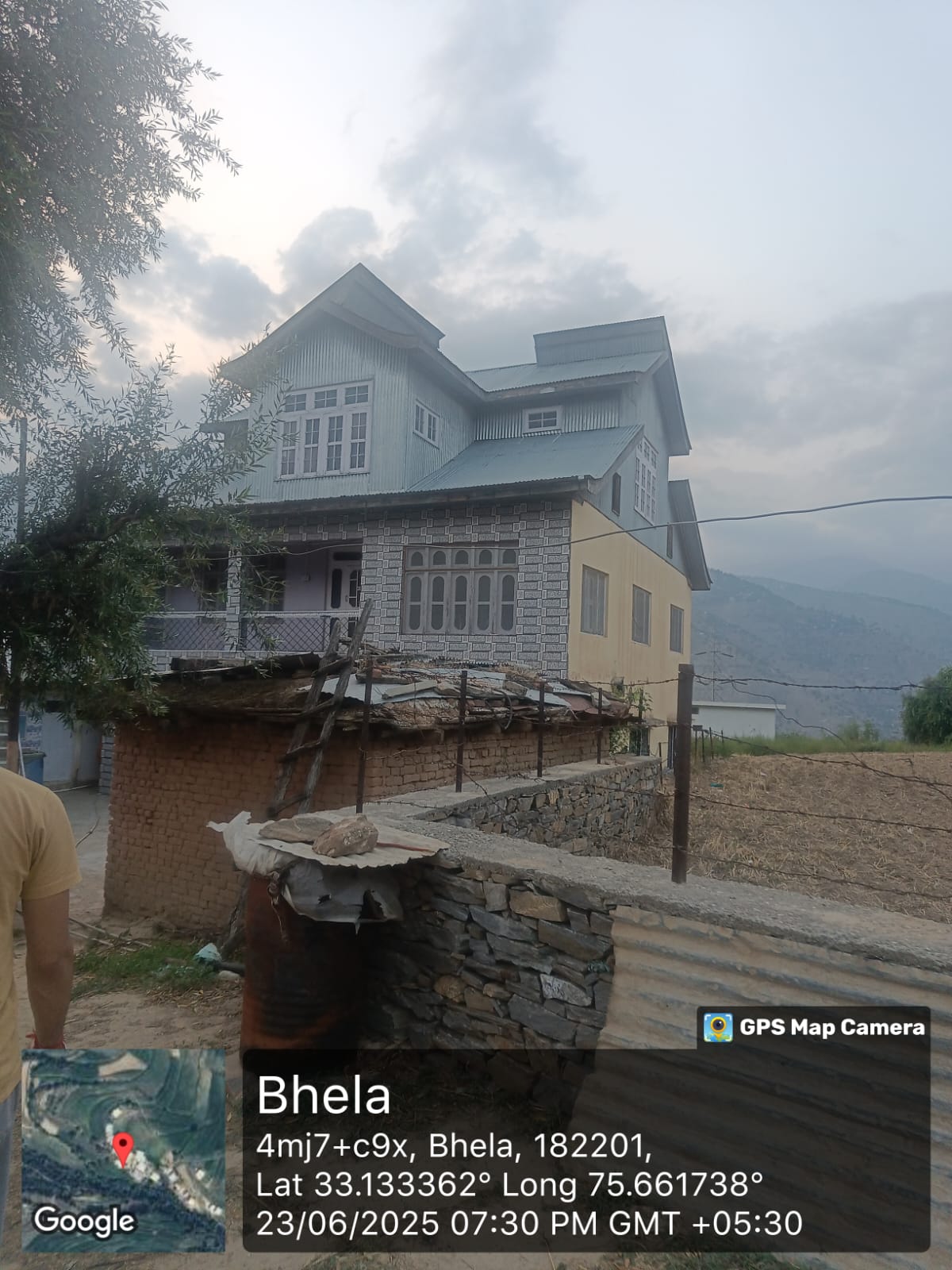
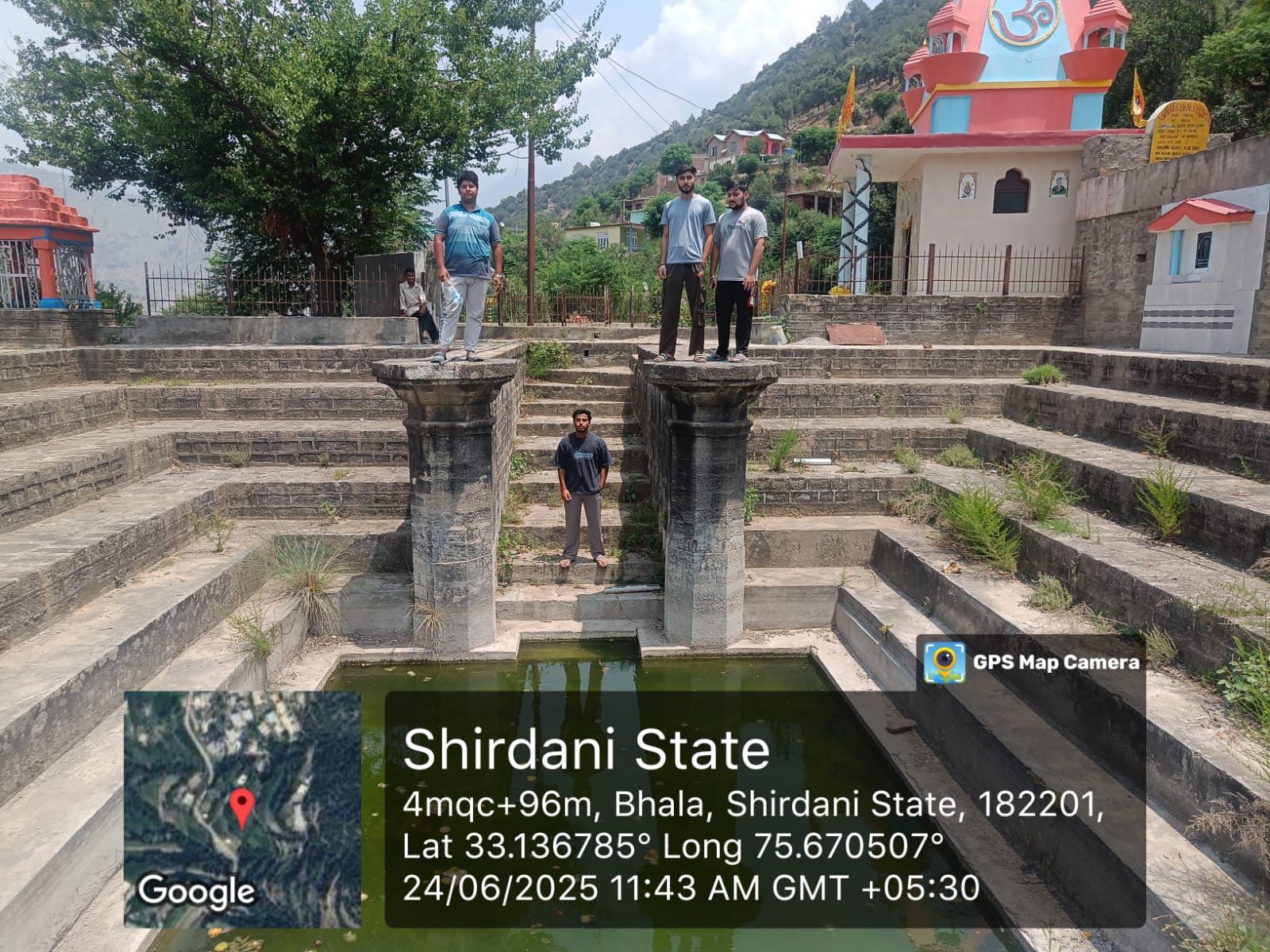
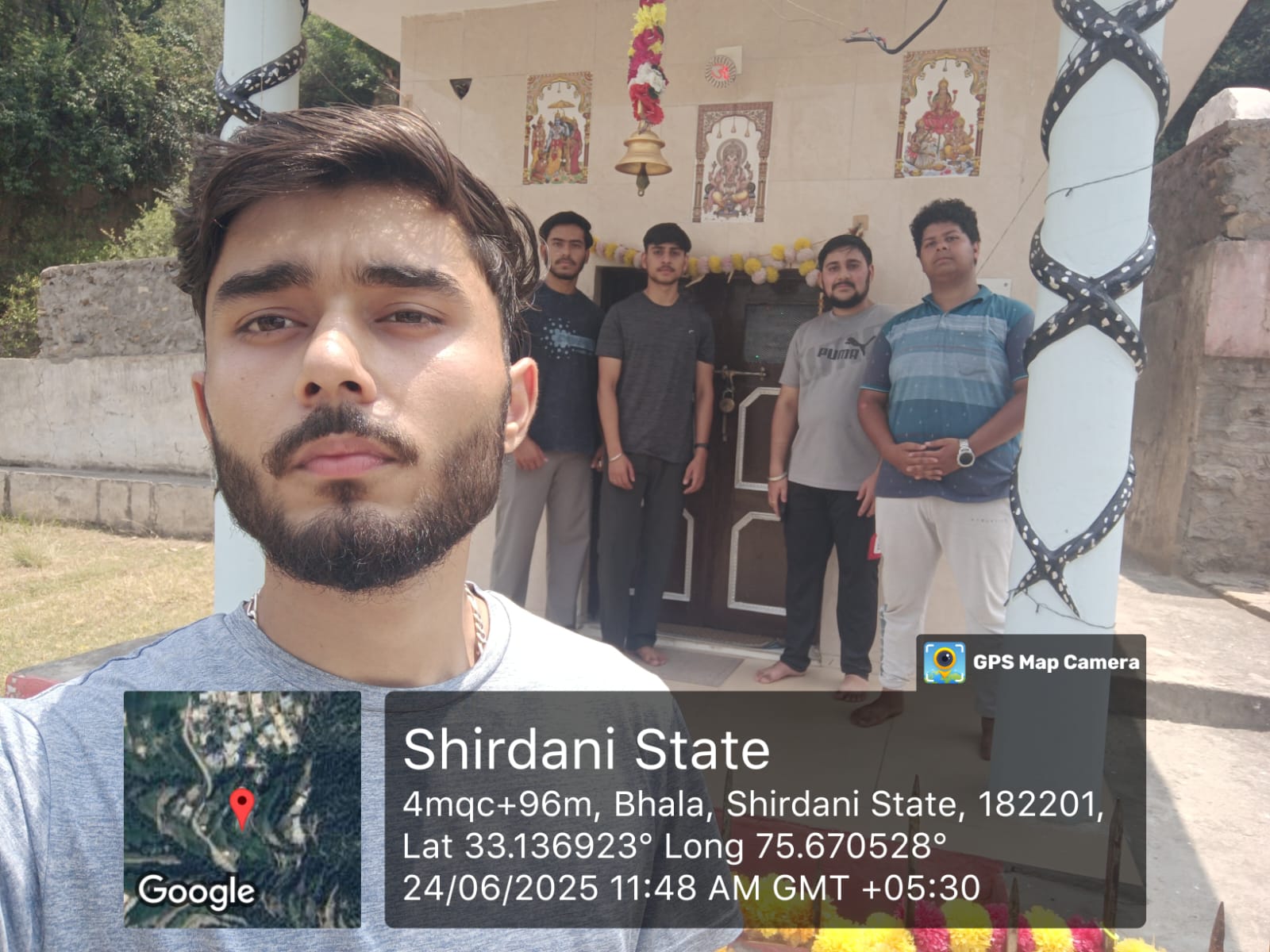
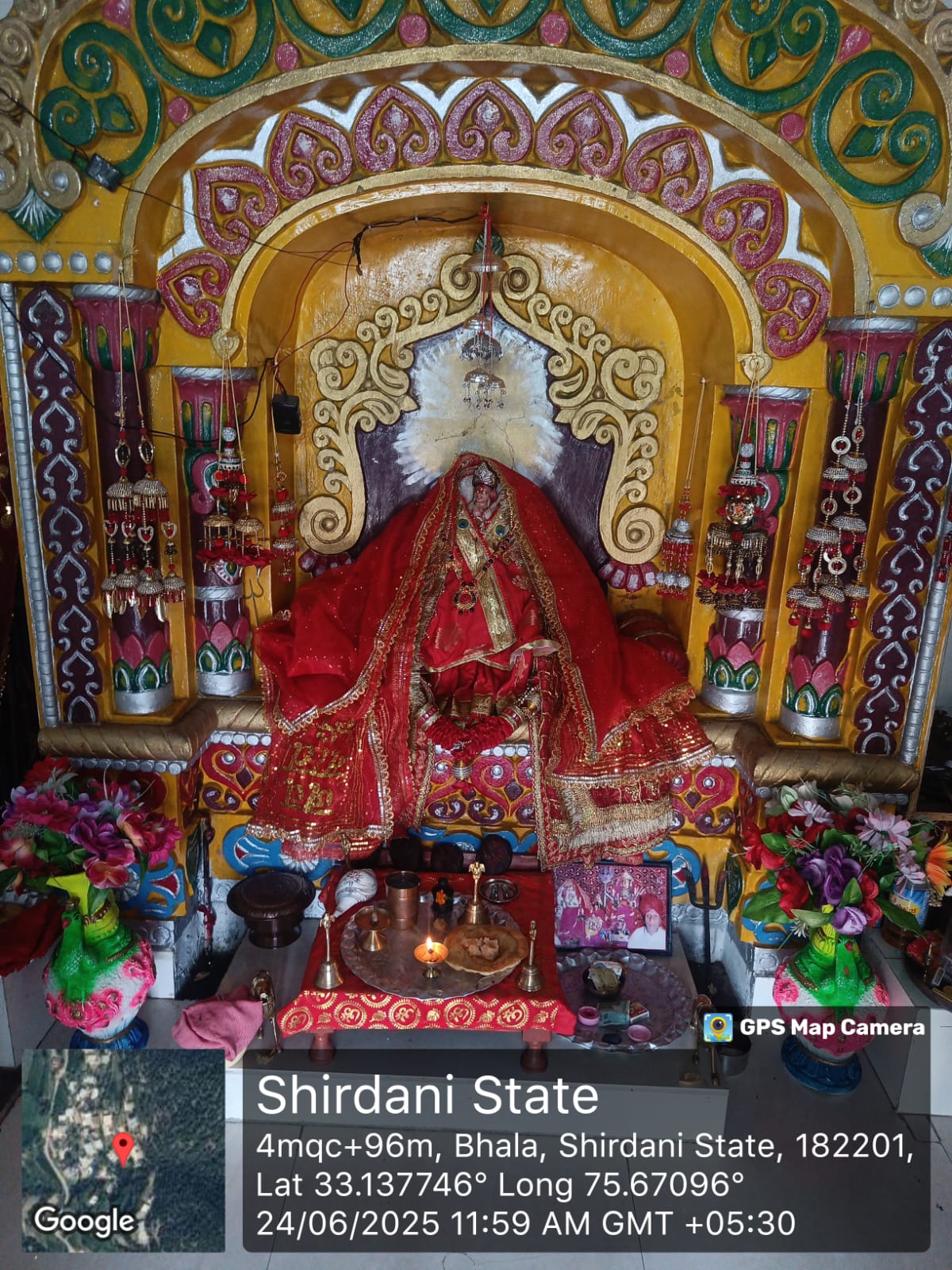


Nice information